Digital Marketing
16 Most Important On-Page SEO Factors To Boost Your Ranking Faster in Google
16 Most important On-Page SEO factors to boost your ranking faster on google and it will be better for Google CTR (Click Through Rate).
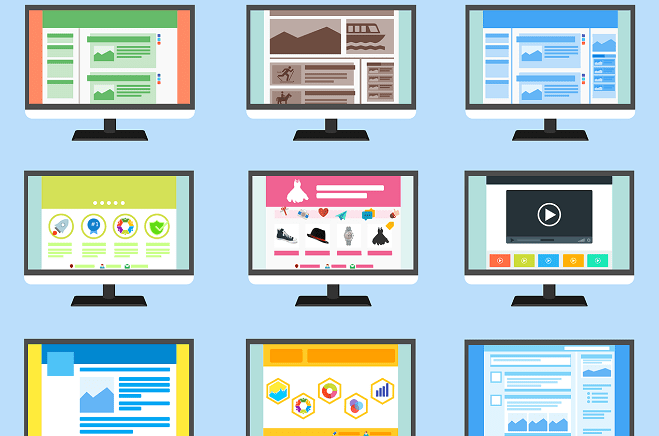
The Process of optimizing content and HTML source code of the web pages is called as On-Page Search Engine Optimization (SEO). On-Page SEO is also known as On-site SEO. It is the procedure of optimizing all the web pages on the website to high ranking and gain more relevant traffic from search engines.
You or the coder manages On-Page search engine optimization on your website or web page. The 16 Most important On-Page SEO factors to boost your ranking faster on google and it will be better for Google CTR (Click Through Rate).
The top 16 On-Page SEO factors are listed below.
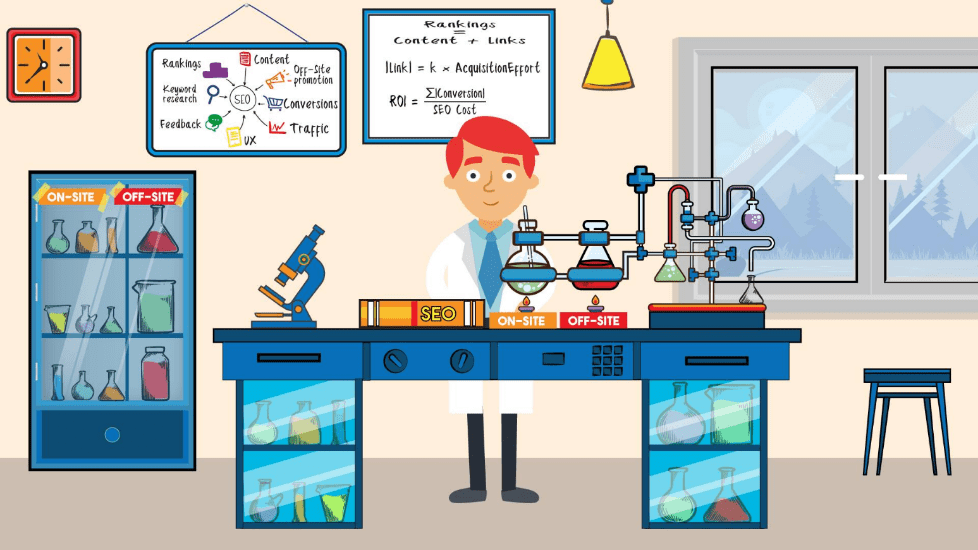
Source: http://www.seolium.com/
Table of Contents
1. Short URLs
Short URLs rank better than long URLs in google. Creating a short URL for your blog posts or pages will be better for search engine rankings. Short URLs are user-friendly URLs for search engines. Making the URLs short and sweet will rank better in google search results.

2. Include the target keyword (primary keyword) in an URL
In your short URLs keeping the target keyword is good for search engine rankings. It ranks higher in google search results. It improves your site search visibility due to keywords included in the URLs.

3. Use LSI Keywords
LSI means Latent semantic indexing (LSI). It is a system search engines use to analyze the other words people use surrounding a given topic. LSI keywords are words and phrases with a higher degree of correlation to your target topic.
Google’s algorithm uses them to help determine the content quality and relevance to the search term. Latent semantic indexing (LSI) terms or phrases are the relation of your keywords to the content on your site. Latent semantic indexing (LSI) keywords boost your search engine rankings.
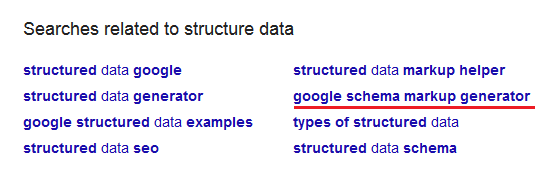
4. Include the target keyword in a meta description
It is one of the essential elements of the page on search engine results. It improves your site’s search visibility due to the target keywords included in the meta description. It ranks higher in Google search results by using keywords in the meta description.

5. Modifiers in the Title tag (Add numbers, Brackets, and parentheses)
How can we optimize title tags for CTR? Add Numbers, Brackets, and parentheses in the title tag to boost your CTR. Add Numbers, Brackets, and punctuations in the title tag to increase your CTR (rankings) by better than 38%. It boosts your ranking using Numbers, Brackets, and parentheses in the title tag. For an example of how to use Numbers, Brackets, and punctuation in the title tag.
Use Modifiers in the title tag also improves the ranking in google search results. I am optimizing title tags by using Numbers, Modifiers, Brackets, and parentheses.

6. In-depth Longest Content
Content is king. In-depth Longest Content ranks better than Shortest Content on google. Creating In-depth Longest Content for your blog posts or pages will be better for search engine rankings. In-depth Quality Content boosts your search engine rankings. Google lovers of long-form content could help your content marketing efforts and long-form content should be an integral part of your content strategy.
In-depth Longest Content contains several LSI keywords; it will make rankings better on google. With more LSI keywords in content, google will work happier.
7. Use External Links to authoritative websites
External links as an on-page rankings factor will ranks higher in google. Using External Links to authoritative websites will be good for rankings in search results.
External Links contain web pages that rank better than those without external links in google search results. It is one of the Google ranking factors.
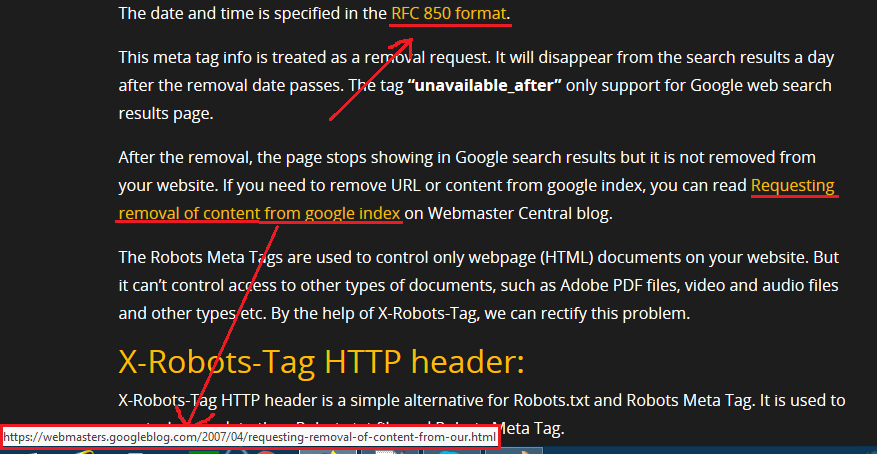
8. Use Internal links on-page content
Internal linking is right and makes a habit for better rankings. It will reduce the Bounce rate, keep and stay user for a long time on the website will be useful for rankings. Giving a link back improves the site rankings.
If you have any topic related to that keyword on the page, giving a link back will help to do better for search engine rankings. The habit of internal linking, visitors, stay a long time on the website, and it boosts your SEO.
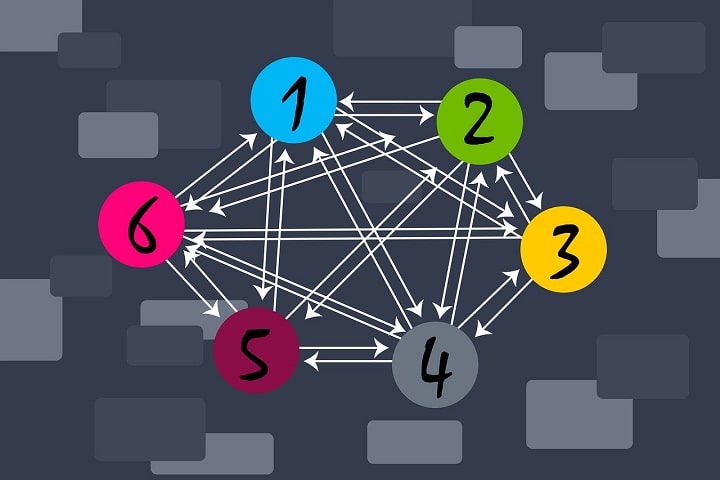
9. Site/Page Speed
Site/Page speed also matters for Google and other search engines. it is one of the ranking factors. Google has a new page called Test Your Mobile speed tool that is focused on mobile. Google’s provides PageSpeed Insights tool gives an analysis of their site speed and recommendations for site improvement. Is your web page mobile-friendly? You can also try the mobile-friendly test of your website.
Using Google’s AMP – (Accelerated Mobile Pages) will improve site/page speed on both desktop and mobile devices. It is not a ranking factor but Site/Page speed is a Google ranking factor. A faster load of web pages leads to reduces bounce rates and improves mobile SEO rankings.
10. Use Multimedia in content (images, videos)
Using multimedia (images, charts, graphs, and videos) in content can increase the rankings in Google users can understand the concept they stay longer on the page; they rank higher in google search results. Multimedia content is more valuable to my users or readers and increases the user experience (UX).
11. SSL certificate (HTTPS)
HTTP websites rank higher in google search results. Google announced in 2014 that having an SSL/TLS Encryption certificate will be considered a positive ranking signal. HTTPS encrypts and decrypts user page requests as well as the pages that are returned by the Web server.
Google prefers HTTPS sites because there tend to be faster and more secure and also increase Your user’s/visitors’ trust in the flow. It will rank higher on SERPs compared to non-secure websites.

12. Use the Keywords in H1, H2, and H3 tags
Using targeted keywords in the H1 tag is one of the positive ranking signals. The H1 tag is significant for SEO because they tell both search engines and website visitors about the page headings of a page/post, or other emphasized text on the page/post. Most search engines are prefers only one H1 tag per web page on the website.
The h1 tag is the most important heading tag because it’s the highest level tag that shows the page headings, so Using targeted keywords in the H1 tag usually improves your search engine rankings. The H1 tag on your pages is helping your website rank better in google search results.
H1, H2, and H3 are the highest-level tags that show the web page headings. So Using relevant keywords in the highest-level tags (H1, H2, and H3) will improve your search engine rankings.

See the above Featured Snippet example by using the H1, H2, and H3 tags will be better for SEO rankings.
13. Use ALT tags for images and Use keywords in your ALT tags
ALT tags or ALT attributes describe the name of an image means the alternate text of a copy. The ALT attribute provides a piece of alternative information for a picture. The alternate version of an image optimizes images on google search results. It will rank higher in google search results.
ALT tags help search engines determine the best results to provide when a user searches for images. ALT tags also play an essential role in SEO, which ranks better in google search results.
Using targeted keywords in your ALT tags or ALT attributes will help to improve your search engine optimization. ALT tags with keywords are likely to refine your search engine rankings. Each image should have a unique ALT tag for better search engine optimization.

14. Use CDN and Cache
CDN means Content Delivery Network. CDN is a critical component of nearly any modern web application. CDN improved the delivery of content by replicating commonly requested files (static content) across a globally distributed set of caching servers.
Caching is at the heart of a content delivery network (CDN). It moves your website content to powerful proxy servers to optimize for accelerated content distribution on the servers.
Website speed also matters for Google and other search engines. It is one of the ranking factors. CDN will deliver fast web pages and other Web content to an end-user based on geographic locations.
Using the CDN site will load much faster, it serves fast web pages or Web content, and it improves the website cache can load much quicker in the web browser.
Google has noted Site Speed as an SEO Ranking Factor.
15. Optimized images and videos
Using images and videos in your content will help visitors be more likely to read your articles. Having images and videos in content, readers are more likely to share a web page with the image(s) in social media and get more social media attention than plain text posts. This is the benefit of using images and videos in your content that will help to boost your rankings in google search results.
Give proper file/image/video name for better SEO. For example, Downloaded or purchased images usually have names like “DC00016IMG.jpg” or something similar that does not make any sense. Instead, you can rename your images/videos/files to have more meaningful names like “SEO-Guidelines.png” or “structure-data.png.” Using targeted keywords in images/videos/file names is better for search engine rankings.
16. Use a table of content for long posts
Use a table of content for long posts for a better user experience. It will help to navigate a particular section of content on the page. It will help to boost your rankings in google search results. Google loves the table of content that will help users to navigate to a specific section of the page quickly, or people can directly jump to the particular part of the page they want to read.

I noticed using Table of Contents for long posts the links underneath the search snippet results that will go directly to headings sections on your web pages.
Google has been doing this: https://googleblog.blogspot.com/2009/09/jump-to-information-you-want-right-from.html
A table of Contents with named anchors is identified in every section on the web page.
Google has been identifying and indexing this type of Content: http://googlewebmastercentral.blogspot.com.au/2009/09/using-named-anchors-to-identify.html
Helpful Resources:
1. Essential Things to Know about Bing SEO
2. Top 5 SEO Trends For 2020 You Need To Know
3. The 4 Types of SEO That You Should Know
4. Small Business SEO: 5 Steps You Need to Enhance Your Business
5. The New SEO Game Changer – Google Voice Search
6. Top 5 SEO Audit Tools You Should Use For Technical Analysis
-

 Instagram4 years ago
Instagram4 years agoBuy IG likes and buy organic Instagram followers: where to buy them and how?
-

 Instagram4 years ago
Instagram4 years ago100% Genuine Instagram Followers & Likes with Guaranteed Tool
-

 Business5 years ago
Business5 years ago7 Must Have Digital Marketing Tools For Your Small Businesses
-

 Instagram4 years ago
Instagram4 years agoInstagram Followers And Likes – Online Social Media Platform















